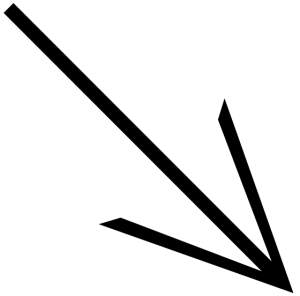Home / Pish-Radif / Shur / Dastgâh-e Shur / Âvâz-e Afshâri
Âvâz-e Afshâri in Pish-Radif
– In the following table, all the Dângs and Pângs of the open Gushehs in Âvâz-e Afshâri are notated.
– Each of the Dângs and Pângs are played on Târ.
– In some Gushehs we go to higher notes during the descending movement (Forud) which are not considered as part of the Dâng or Pâng of that Gusheh.
– Pish-Radif includes all the open Gushehs of each Dastgâh and Âvâz, while each lesson is only based on one closed Gusheh which is introducing all the musical atmospheres of all the open Gushehs as one of the eleven lessons of Pish-Radif.
Legend:
S = Not-e Shâhed (Central note)
I = Not-e Ist (Final note)
IM = Not-e Ist-e Movaghat (Temporary final note)
M = Not-e Motoghayyer (Variable note)
In some cases, one note is used as S and I
Âvâz-e Afshâri in Three Different Vocal Radifs
– In the following tables, we have all the open and closed Gushehs from three vocal Radifs of three master musicians, Hassan Kassâie, Mahmoud Karimi and Abdollah Davâmi.
– In different Radifs, there may be more than one Darâmad and most of the times, they are labeled as first, second, etc., But sometimes based on the melodic contour of them, they adopt a new name or an adjective that refers to their relative Gusheh.
Notes:
– Ghara-bâghi is inspired by Âzari music.
– Nahib in the Radif of Kassâie is just a melodic pattern. In the Radif of Karimi, is an open Gusheh which is called Erâgh in Dastgâh of Navâ in his Radif.
– Gusheh-e Afshâri is called Jâmeh-Darân in two other Radifs and Jâmeh-Darân is a more appropriate name for this open Gusheh.
* Gharâie is a traditional melodic pattern and like many other closed Gushehs in the Radif it’s poetic rhythm is the same as poetic rhythms of Do-Beytis of Bâbâ Tâher (11th century), Ta Tan Tan Tan (X2) / Ta Tan Tan, like as the Radif of Kassâie and Davâmi.
** Hazin is just a melodic pattern for descending which could be performed before or after of any poetic rhythms, the poetic rhythm here is the same as Gharâie, in the same Ghazal of Jâmi (15th century) which is chosen by Karimi for this Âvâz.
– Forud means descending and is a melodic pattern used for descending back to lower Gushehs like Darâmad which is the first and lowest level of each system of Âvâz or Dastgâh. Massihi is Masnavi in Rohâb.
Open Gushehs of Âvâz-e Afshâri
| Pish-Radif 5 Gushehs |
Radif-e Ney of Kassâie 6 Gushehs |
Vocal Radif of Kassâie 3 Gushehs |
Radif of Karimi 5 Gushehs |
Radif of Davâmi 3 Gushehs |
| Darâmad | ||||
| Jâmeh-Darân |
Gusheh-e Afshâri |
|||
| Hesâr |
Neyshâburak |
|||
|
Erâgh |
Arâgh |
Arâgh, Sepehr, |
Nahib |
Arâgh |
| Forud az Jâmeh-Darân | ||||
|
Rahâvi |
Rohâb |
Closed Gushehs and Their Poetic Rhythms of Âvâz-e Afshâri
| Pish-Radif 1 Gusheh |
Radif-e Ney of Kassâie 4 Gushehs |
Vocal Radif of Kassâie 5 Gushehs |
Radif of Karimi 4 Gushehs |
Radif of Davâmi 1 Gusheh |
| Sadri Tan Tan Ta Tan Tan / Ta Tan Tan (2x) |
Sadri |
|||
|
Ghara-bâghi |
||||
|
Gharâie |
Gharâie |
Gharâie * |
Gharâie |
|
|
Hazin ** |
||||
|
Keykâvusi |
Keykâvusi |
|||
|
Nahib |
Nahib |
|||
|
Masnavi Massihi Shâh-Khatâie |
Forud & Massihi |
Masnavi |








